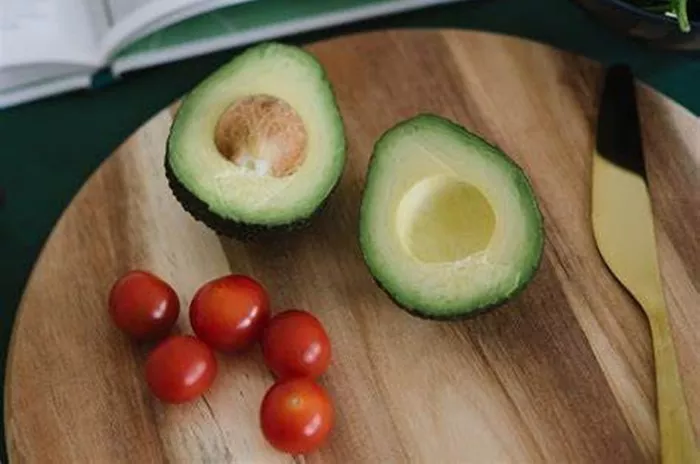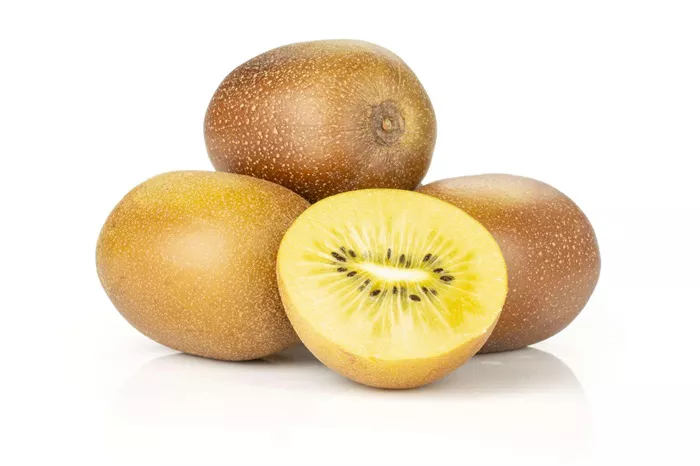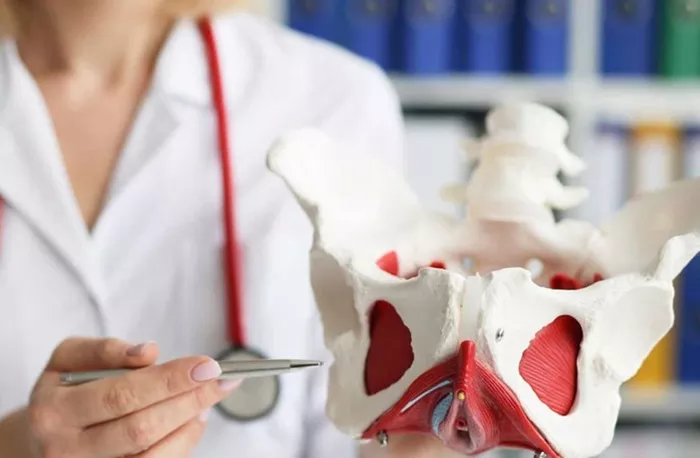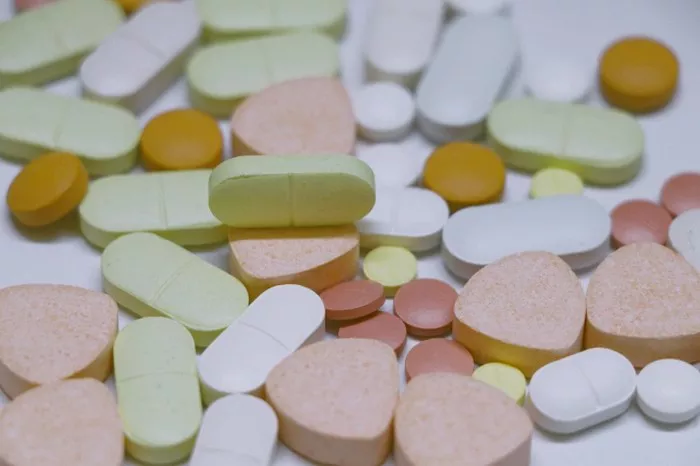Cells, the fundamental units of life, carry out an array of intricate processes to sustain life. One of the most crucial functions cells perform is the synthesis of proteins. Proteins play a pivotal role in the structure and function of cells, tissues, and organs. Understanding the complex machinery behind protein synthesis is key to unraveling the mysteries of life itself. In this comprehensive exploration, we delve into the intricacies of how cells make proteins, from the transcription of DNA to the translation of messenger RNA (mRNA) and the ultimate folding and processing of proteins.
The Central Dogma of Molecular Biology: Transcription and Translation
At the core of protein synthesis lies the central dogma of molecular biology, a conceptual framework that outlines the flow of genetic information within a biological system. The process begins with transcription, during which the DNA code is transcribed into mRNA. The mRNA serves as a temporary copy of the genetic instructions and is transported from the nucleus to the cytoplasm. Once in the cytoplasm, translation takes place, a complex process where the information encoded in mRNA is used to build a corresponding protein.
Transcription: From DNA to mRNA
Transcription is the initial step in the journey from genetic code to functional protein. RNA polymerase, the enzyme responsible for transcription, recognizes specific DNA sequences known as promoters and initiates the synthesis of mRNA. The process involves the unwinding of DNA strands, the complementary base pairing of nucleotides, and the elongation of the mRNA chain.
Translation: Decoding the Genetic Message into Proteins
With processed mRNA in the cytoplasm, the stage is set for translation, the second phase of the central dogma. Ribosomes, the molecular machines composed of ribosomal RNA (rRNA) and proteins, read the mRNA codons and match them with the corresponding amino acids. Transfer RNA (tRNA) molecules play a crucial role in this process, acting as adapters that bring amino acids to the ribosome.
Post-Translational Modifications: Adding Complexity to Proteins
The journey from DNA to protein doesn’t end with translation. Proteins undergo a myriad of modifications after their synthesis, collectively known as post-translational modifications (PTMs). These modifications can include phosphorylation, glycosylation, acetylation, and more, significantly impacting protein structure and function.
We explore the diverse landscape of PTMs, elucidating their roles in cellular signaling, protein stability, and localization. Understanding post-translational modifications adds a layer of complexity to the study of protein synthesis and expands our comprehension of cellular regulation.
Protein Folding and Quality Control: Ensuring Functional Proteins
The linear sequence of amino acids synthesized during translation does not represent the final functional form of a protein. Folding into a three-dimensional structure is a critical step that determines a protein’s function. Chaperone proteins assist in this folding process, ensuring that proteins attain their native conformations.
The Role of the Endoplasmic Reticulum: Protein Synthesis and Beyond
The endoplasmic reticulum (ER) is a central player in protein synthesis, serving as the site where proteins destined for secretion or incorporation into cellular membranes undergo synthesis and initial folding. The ER is also involved in quality control processes, ensuring that only properly folded proteins proceed to their final destinations.
Cellular Signaling and Regulation of Protein Synthesis
The synthesis of proteins is tightly regulated to meet the dynamic needs of the cell. Cellular signaling pathways play a crucial role in modulating protein synthesis in response to various stimuli, including environmental cues, nutrient availability, and stress. This section unravels the intricate web of signaling pathways that influence translation initiation, elongation, and termination.
Understanding how cells regulate protein synthesis provides insights into the adaptation of cells to changing conditions and sheds light on the dysregulation of these processes in various diseases.
[inline_related_posts title=”You Might Be Interested In” title_align=”left” style=”list” number=”6″ align=”none” ids=”5152,5149,5146″ by=”categories” orderby=”rand” order=”DESC” hide_thumb=”no” thumb_right=”no” views=”no” date=”yes” grid_columns=”2″ post_type=”” tax=””]

































